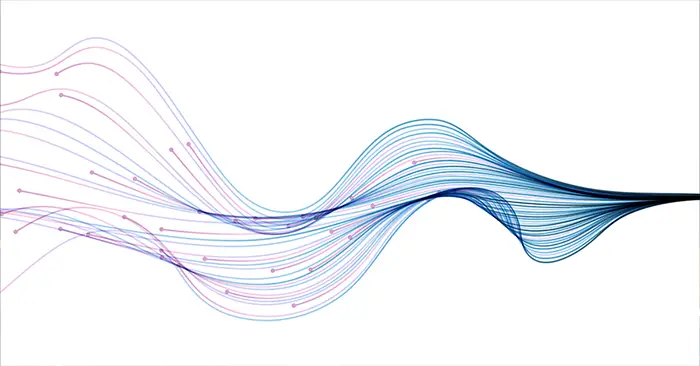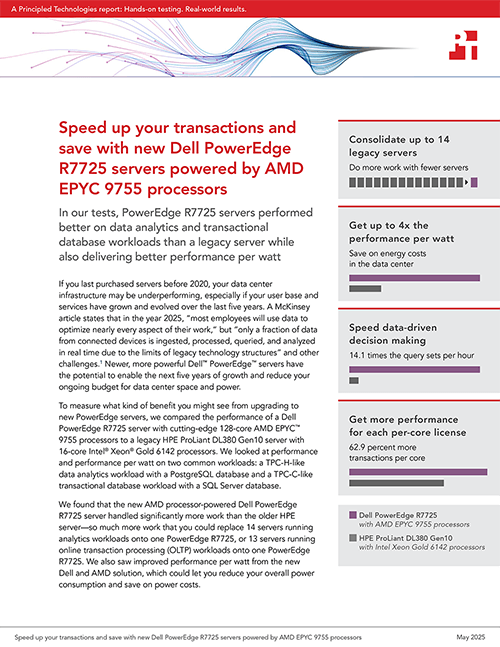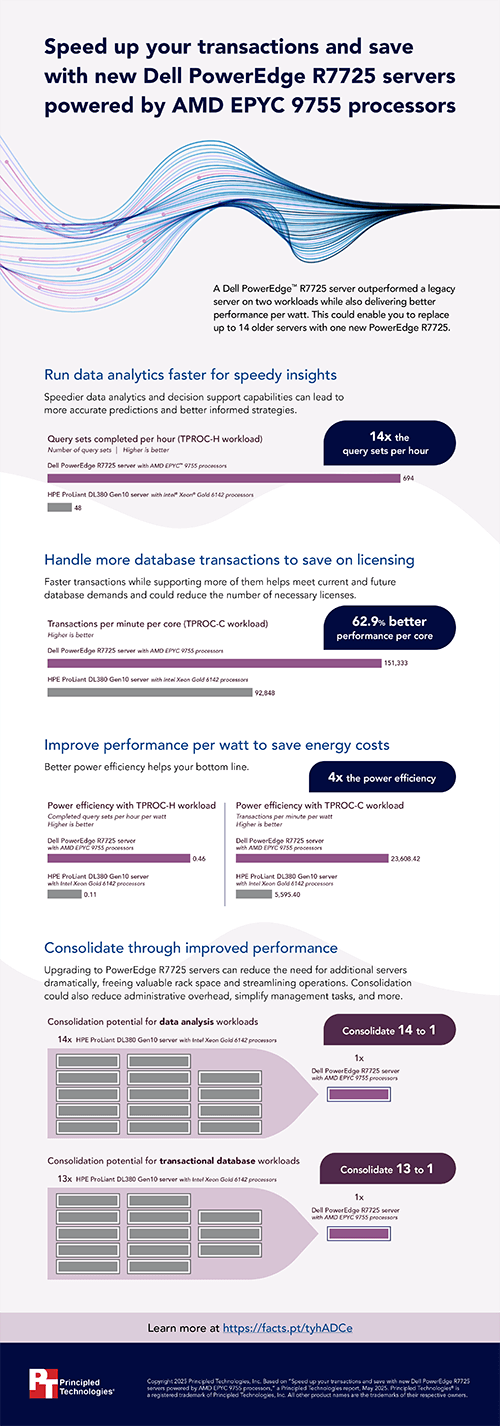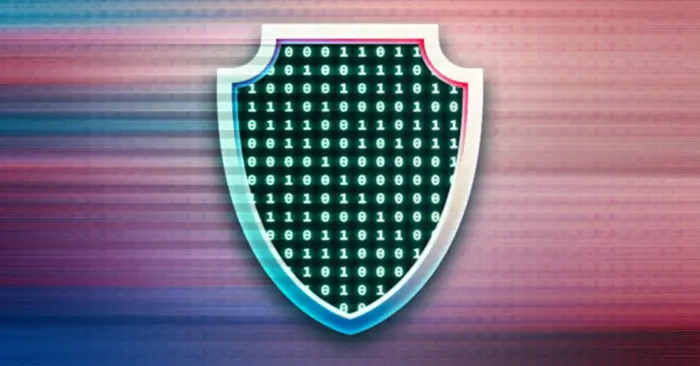
For many businesses, modern data-intensive workloads may hold the key to unlocking a competitive edge that leads to future growth. But the legacy servers in their data centers may struggle to efficiently deliver the levels of computing power that those workloads may need, especially as the volume of data grows. Server upgrades are one way to address that problem, but some IT administrators may not consider upgrades because of perceived costs. In reality, decision-makers may be surprised by just how much of a positive impact new server hardware can make—not just on performance, but on the bottom line. Some server upgrade paths can offer such significant improvements in speed and power consumption that organizations can consolidate multiple older servers into one newer model. In those instances, the benefits of server upgrades can make the initial investment a wise decision that pays off both now and for years to come.
To see what kind of benefits businesses might see from upgrading to latest-generation Dell PowerEdge servers, we compared the performance and power efficiency of a PowerEdge R7725 server equipped with new AMD EPYC 9755 processors to that of a legacy HPE ProLiant DL380 Gen10 server equipped with Intel Xeon Gold 6142 processors. For the performance comparison, we used data analytics and online transaction processing (OLTP) workloads from the industry-standard HammerDB benchmark. To compare power efficiency, we measured how much power each server consumed while completing the performance workloads and used that data to calculate performance per watt.
In both performance comparison tests, we found that the PowerEdge R7725 was capable of handling far more work than the older ProLiant DL380—to the extent that one R7725 could replace 14 DL380 servers while running analytics workloads or 13 DL380 servers while running OLTP workloads. In addition, when we measured power consumption, the Dell solution consistently delivered over four times the power per watt efficiency of the legacy HPE solution.
These big wins in performance and power efficiency show that if an organization chooses to consolidate the work of multiple Intel-powered legacy HPE ProLiant DL380 servers with one new AMD-powered Dell PowerEdge R7725, they could gain the ability to both accelerate data-driven decision-making and potentially grow their user base—while cutting the higher management and energy costs necessary for maintaining the older servers.
To learn more about our Dell PowerEdge R7725 performance and power efficiency tests, check out the report and infographic below.
Principled Technologies is more than a name: Those two words power all we do. Our principles are our north star, determining the way we work with you, treat our staff, and run our business. And in every area, technologies drive our business, inspire us to innovate, and remind us that new approaches are always possible.







